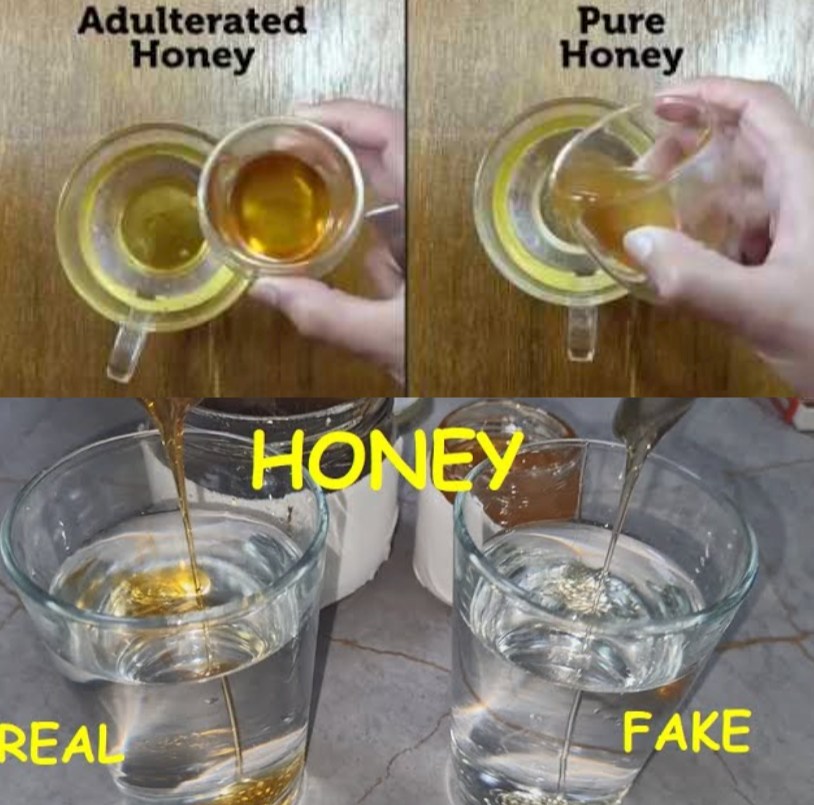Distinguishing between real and fake honey can be challenging, and unwittingly purchasing adulterated honey is not uncommon. To ensure you enjoy the true health benefits of honey, it’s essential to verify its purity. This article provides easy at-home tests to help you determine whether your honey is pure or contaminated.
Before Conducting Tests: Read the Label Start by checking the honey container’s label for preservatives or additives. Opt for honey without artificial ingredients or additional flavors for a safer choice.
At-Home Honey Purity Tests:
The Thumb Test:
Apply a small amount of honey to your thumb.
Observe its behavior:
Quick spreading may indicate tampering or fakery.
Pure honey should hold its shape on your thumb.
Water Test:
Fill a glass with water.
Spoon honey into the glass.
Observe the honey’s reaction:
Artificial honey dissolves quickly.
Pure honey sinks and then stirs slowly.
Flame Test:
Light a match.
Place the match on top of the honey.
Observe the flame:
An immediate extinguishing flame may suggest fake honey.
Adulterated honey often contains moisture.
Vinegar Testsee
Mix honey, water, and a small amount of vinegar.
Observe the solution:
Frothing may indicate adulteration.
Paper Towel Test:
Pure honey should leave no damp marks on a dry paper towel.
Use absorbent material to check for residues.
Ant Exam:
This test is anecdotal and lacks scientific backing.
The theory suggests ants are attracted to contaminated honey due to higher sugar content.
Results may not be conclusive.
Differentiating 100% Pure and Adulterated Honey: To fully enjoy honey’s benefits, ensure its purity. Unscrupulous sellers may add starch, glucose, molasses, or similar additives. Staying informed empowers you to make healthier choices and experience the genuine goodness of this natural sweetener. Knowing how to identify real honey from fake can prevent deception and enhance your overall well-being.
